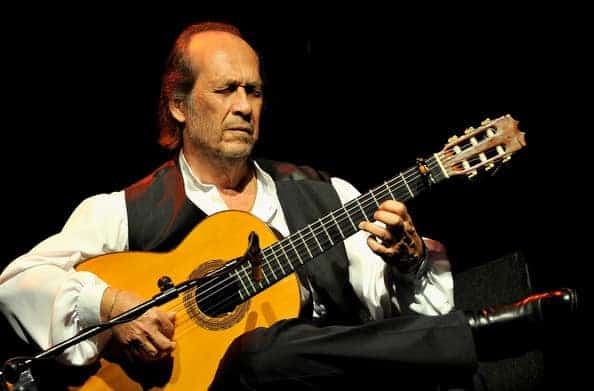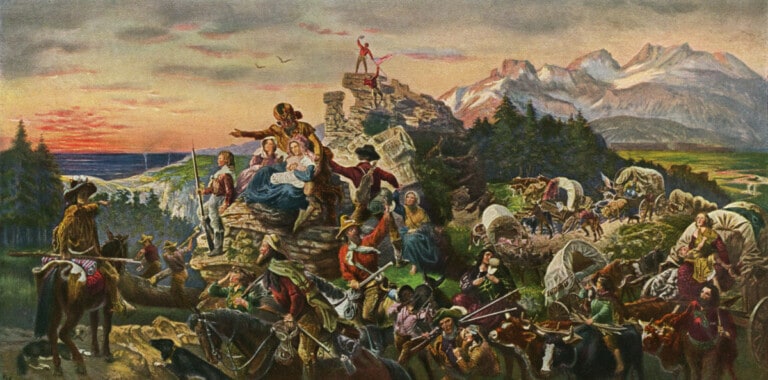“Cortez the Killer” est une chanson de Neil Young qui se trouve sur l’album studio Zuma de 1975. En voici la version live à Rio en 2001 :
La chanson parle d’Hernán Cortés (dont le nom de famille est écorné dans le titre de la chanson), le conquistador qui a conquis le Mexique pour l’Espagne au XVIème siècle.
“Cortez the Killer” fait également référence au dirigeant Aztèque Moctezuma II et à d’autres évènements qui se sont déroulés lors de la conquête espagnole du Nouveau Monde.
Au lieu de décrire les batailles de Cortés avec les Aztèques, les paroles du dernier vers changent soudainement d’un récit à la troisième personne à un récit à la première personne, avec une référence à une femme dont on ne connait pas le nom:
And I know she’s living there
And she loves me to this day.
I still can’t remember when
or how I lost my way
Ces paroles suggèrent une histoire d’amour perdu et apportent une touche personnelle à ce qui était autrement un récit historique, suggérant une connexion entre des relations interrompues et l’invasion impérieuse par quelqu’un d’autre. Neil Young avait rompu avec Carrie Snodgress à l’époque de l’écriture de la chanson.
Ce vers peut aussi simplement faire référence à La Malinche (Doña Marina), conseillère et amante mexicaine de Cortés, qui s’est avéré être une source de savoir local précieuse pour les Espagnols.
Enfin, une autre interprétation possible est que “she” représente le principal temple Aztèque, le Templo Mayor. Dans la littérature méso-américaine, le temple est souvent désigné par le pronom “she” puisque les hommes comme les femmes y étaient sacrifiés et une partie considérable du temple était dédiée au dieu aztèque de la pluie, souvent décrit comme étant femme.
Le Templo Mayor a été découvert en 1978, soit trois ans après la sortie de l’album, après avoir été enterré sous la ville de Mexico pendant près de 500 ans.





